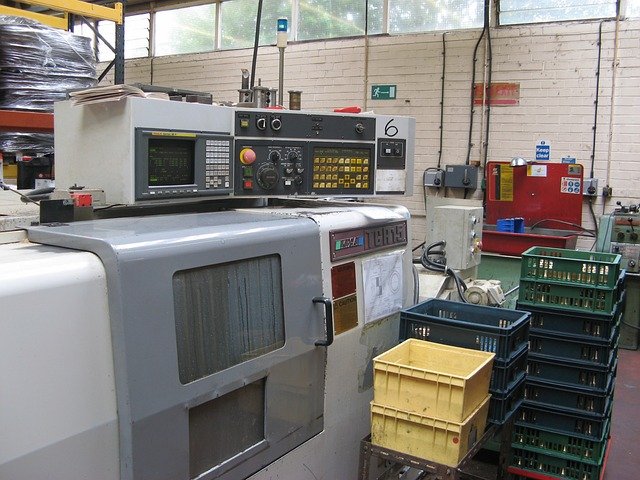"Optimizing Business Performance through Industrial Energy Efficiency"
Introduction: In today's competitive markets, companies are constantly seeking ways to reduce costs and boost their bottom line, and one strategy gaining momentum is Industrial Energy Efficiency (IEE). With the potential to cut costs, reduce waste, and improve competitiveness, IEE offers a powerful tool for businesses across sectors.

Industrial Energy Efficiency: A Historical Overview
Industrial Energy Efficiency is not a new concept. As early as the Industrial Revolution, businesses began to realize the importance of efficient energy use. However, the emphasis on energy efficiency really took off with the oil crisis of the 1970s, when high energy costs led industries to explore ways to reduce energy consumption. Today, IEE is a crucial component of any competitive business strategy, driven by increasing energy costs and heightened environmental awareness.
The Current Landscape of Industrial Energy Efficiency
In recent years, with the escalation of climate change and the need for sustainable practices, IEE has evolved from a cost-saving measure to an essential component of corporate sustainability. This shift is reflected in the emergence of new technologies and practices designed to optimize energy use. From advanced metering systems to energy management software, businesses now have a variety of tools at their disposal to improve their energy efficiency.
The Impact of Industrial Energy Efficiency
Implementing IEE strategies can have a significant positive impact on a business. By reducing energy consumption, companies can lower operational costs, increase profitability, and gain a competitive edge. Moreover, IEE can enhance a company’s reputation as a sustainable and responsible entity, appealing to increasingly eco-conscious consumers and investors.
The Challenges and Benefits of Industrial Energy Efficiency
While the benefits of IEE are clear, implementing such practices is not without challenges. Initial investment costs, lack of awareness, and technical complexities can hinder the adoption of IEE measures. However, with strategic planning and the right resources, these challenges can be overcome, leading to long-term financial and environmental benefits.
Practical Strategies for Implementing Industrial Energy Efficiency
Companies looking to implement IEE can start by conducting an energy audit to identify areas of inefficiency and potential improvements. They can also invest in energy-efficient equipment and technologies, train staff in energy-saving practices, and establish clear energy management policies.
Key Insights for Industrial Energy Efficiency
-
Regularly review and update energy management policies to ensure they remain relevant and effective.
-
Consider renewable energy sources as part of your energy strategy to further reduce environmental impact.
-
Regular training and awareness programs can ensure that all staff understand and contribute to energy-saving practices.
-
Always measure and track energy usage to identify trends and areas for improvement.
In summary, Industrial Energy Efficiency presents a valuable opportunity for businesses to reduce costs, enhance competitiveness, and contribute to sustainability. While it may require initial investment and strategic planning, the benefits of IEE far outweigh these challenges, making it a worthwhile endeavor for any forward-thinking business.




